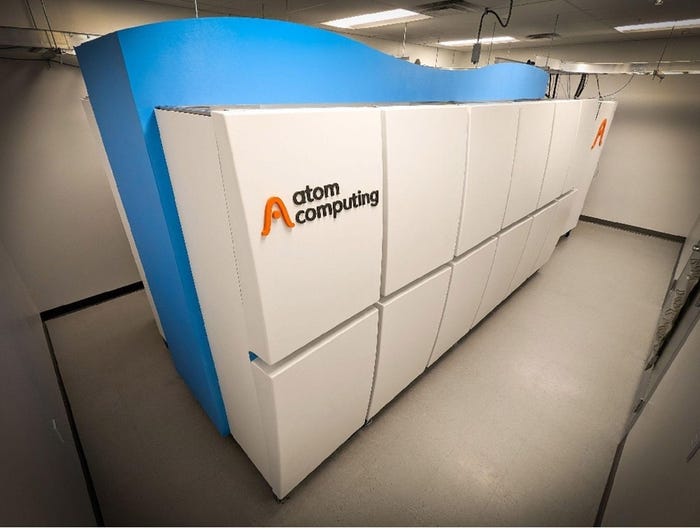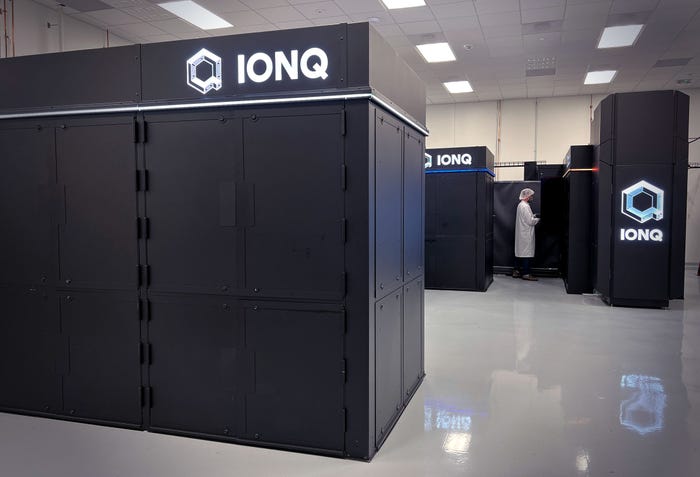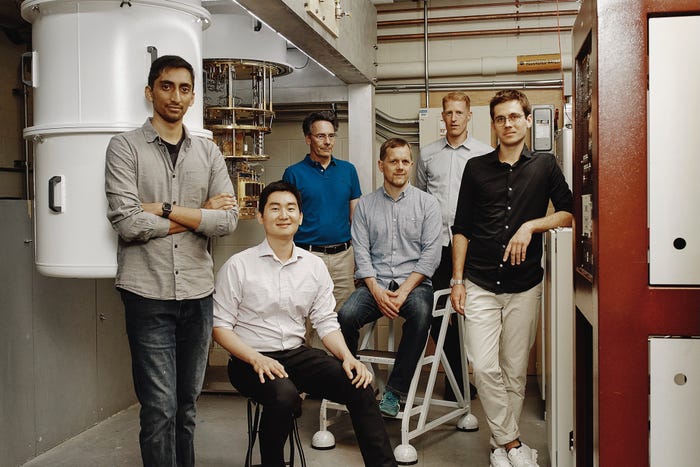
Connects decision-makers and solutions creators to what's next in quantum computing
IonQ Entanglement Demonstration Brings Quantum Networks Step Closer
Networking quantum computers is a milestone toward scaling next-generation systems

Quantum company IonQ has demonstrated it can generate photons entangled with ions repeatedly and reproducibly, creating a quantum state that could enable future quantum systems to communicate and transfer information among themselves.
According to IonQ, this marks the first known commercial demonstration of ion-photon entanglement outside academic environments. Networking quantum computers is one way that next-generation devices can scale so they are powerful enough to solve real-world problems.
“We are proud to share this first major step towards connecting quantum systems and developing IonQ’s first networked quantum computer,” said IonQ vice-president of research and development Pat Tang.
“This brings us one step closer to achieving commercial quantum advantage by running deeper, more complex circuits and lays the foundation to develop future quantum applications and quantum networking solutions.”
The researchers demonstrated the generation and collection of single photons from an ion qubit, successfully routing those photons to specialized detection optics used to verify ion-photon entanglement across this network.
According to IonQ, this photon-ion entanglement is a first step towards developing photonic interconnect protocols for quantum computing applications running across multiple quantum processing units (QPUs).
Academic experiments have previously achieved similar results but this is the first time it has been demonstrated in a commercial environment.
Classical supercomputers distribute workloads across multiple cores and processors to operate in parallel. Quantum networks entangle cores to form a single, more powerful quantum computer capable of running complex algorithms.
Photonic interconnects aim to deliver integrated computation across quantum networks, not just communication between siloed parts as seen in classical setups.
About the Author
You May Also Like
.png?width=100&auto=webp&quality=80&disable=upscale)
.png?width=400&auto=webp&quality=80&disable=upscale)




